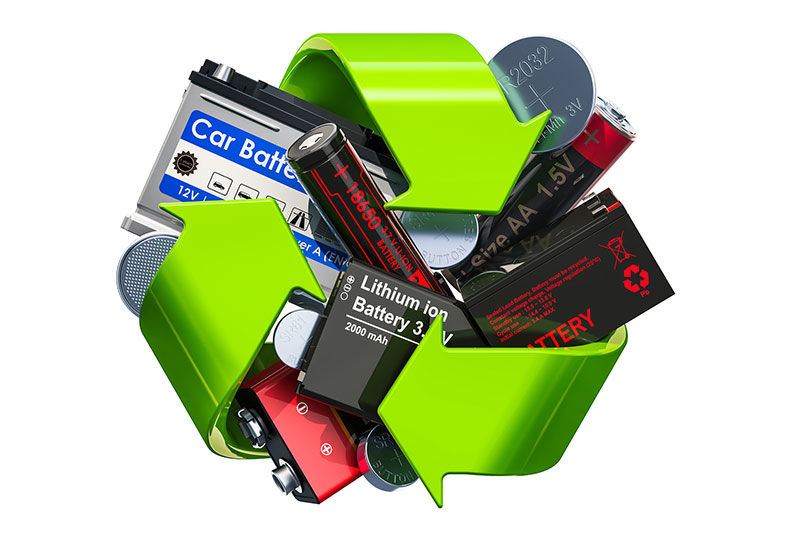Recycling cars’ lithium batteries is more complicated than you might think
Ars Technica » Scientific Method 2019-11-06

Enlarge / Challenges scale considerably when the battery pack weighs 300kg. (credit: City of San Diego)
Lithium batteries have become incredibly popular for electronic devices, and the emphasis on weight and size for those batteries means that the amount of raw materials tied up in them isn't too large. But that's absolutely not the case for the other growing use of lithium batteries: electric vehicles. These lithium batteries weigh hundreds of kilograms and contain a substantial amount of raw materials, some of which can be quite valuable.
Due to the relative youth of the automotive electrical-battery market, however, an organized recycling industry is only just now developing, and it faces significant technical hurdles before recycling becomes both widespread and economical. In today's issue of Nature, a group of researchers take a look at possible means of recycling and considers how to get the most value out of electric-vehicle batteries after they're no longer performing well enough to run a car.
Before recycling
The authors of the analysis make one thing clear up front: the majority of the cost of a lithium-ion battery isn't in the raw materials. Instead, the cost is in the manufacturing needed to transform those raw materials into something that can function in a battery, then getting them into a structure that combines durability, performance, and safety. Thus, there's more value in having a lower-performing battery than there is in breaking the battery apart to get at its materials.